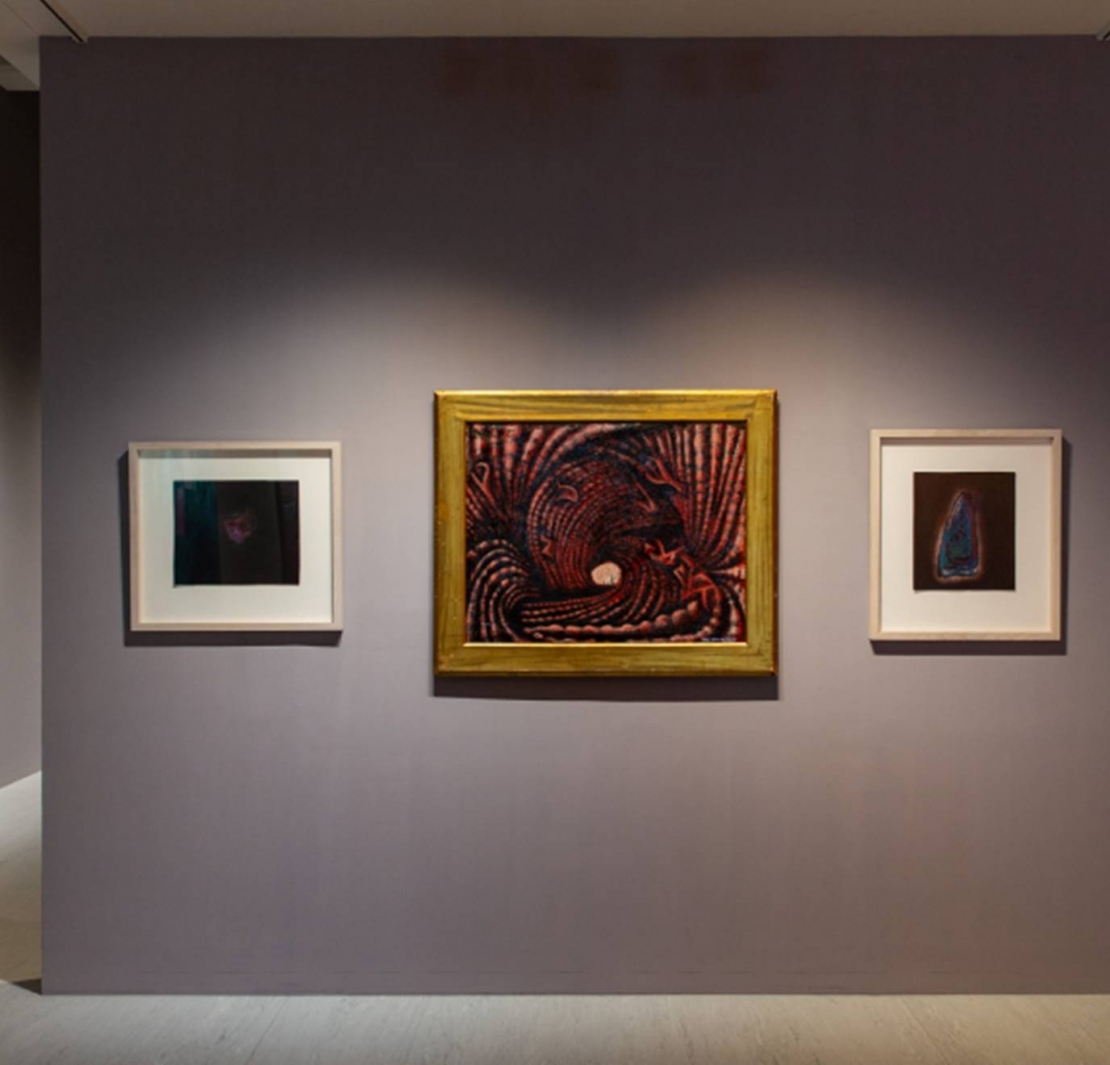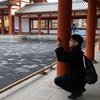The Herstory of Abstraction in East Asia exhibited at the Taipei Fine Arts Museum in 2019 is one of the very few exhibitions in Taiwan that features modern female artists. Feminism was introduced to Taiwan in the 1990s and became a foundation on which many artists built artworks and discourses. However, the role and significance of female artists in the Taiwan postwar art scene have never been understood from the specific perspective of gender. This year, carrying the momentum from the 2018 referendum on same-sex marriage, gender has come back under the spotlight as a hot topic. Apart from Herstory at Taipei Fine Arts Museum, there was also Womensemble: Creating Female Subjectivity in Art at Taipei Branch of National Taiwan Craft Research and Development Institute and Atemschaukel: Lui Xia and Tsai Hi-ru at MOCA Taipei, showing the popularity of gender issues in Taiwan society.
Besides the context of Taiwan, The Herstory of Abstraction in East Asia also covered artists from Japan and South Korea, juxtaposing the art of three East Asia countries which shared similarities on geopolitics, historical experiences, and postwar development. In Herstory, we get to examine the development of art history in postwar Taiwan, while witnessing the old, linear, monotonous narrative slowly evolving into a multi-perspective, cross-regional research system. The discourses of art history were no longer shaped by canons only. The introduction of diverse modern theories has enriched the art history of Taiwan, incorporating Taiwan into the larger picture of regional and global art history. Through female perspectives, we can re-examine the long-neglected gender issues in Taiwan.
Although the issue-oriented curatorial concept inevitably limits the audience from seeing a panorama of East Asian female artists, Herstory nevertheless offers new insights and knowledge to the field. Keeping Japanese and Korean female artists within our vision, we can see that, compared to the general discourse of mainstream art history in the postwar time, the female artists focused more on responding to their cultures and society with existing methods rather than establishing new trends or ideology.
Reading “gender” into the works of postwar female artists does not necessarily propose a whole new discourse in art history; nonetheless, it allows us to break free from stereotypes to re-contemplate on the power structures implanted deeply in the construction of art history. Featuring non-Eurocentrism, The Herstory of Abstraction in East Asia stands up against the hegemonic discourses which have been become our daily norms. This is what makes the intervention of feminism and gender in the world of art so extraordinarily meaningful and invaluable.


